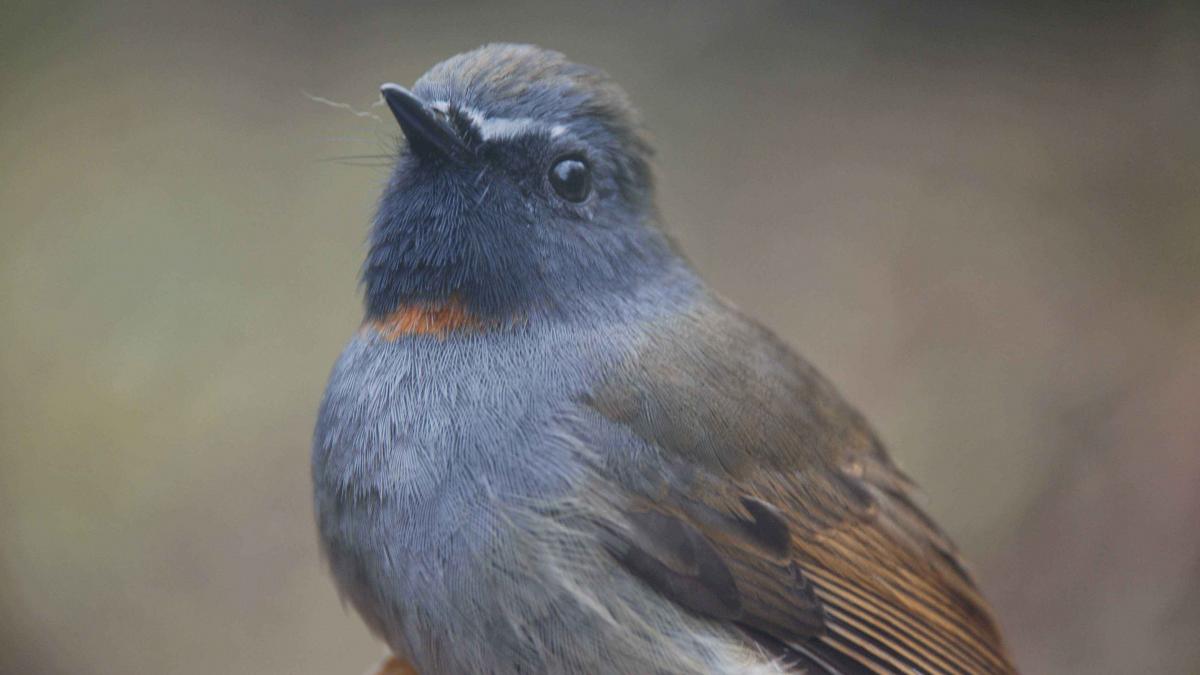Photo : Dr. Farah Ishtiaq
People living in tropical countries are no strangers to malaria – a tropical disease caused by parasites and spread through mosquitoes. Malaria is a widely distributed disease and has been reported from virtually every part of the world, except Antarctica. In 2015 alone, 269 million people all over the world were infected with malaria, and 730,00 succumbed to it. This grim picture only addresses the burden of malarial infections in humans. But, we are not the only animals affected by the malaria parasites of Plasmodium species. The Plasmodium parasite infects a range of animals from non-human primates to lizards.
Dr. Farah Ishtiaq, Wellcome Trust/DBT India Alliance Fellow based at the Centre for Ecological Sciences at the Indian Institute of Science, Bangalore, in her recent study, has focused on the occurrence of malaria parasites in 49 species of birds from the Himalayan foothills. “Avian malaria is primarily caused by blood parasites that belong to the genus Plasmodium. However, parasites belonging to the genus Haemoproteus do infect blood cells as well”, explains Dr. Ishtiaq, about the causal agents of avian malaria.
The symptoms of avian malaria vary widely depending on the host species infected. Some infected birds could be completely asymptomatic carriers, while other populations like the Hawaiian honeycreepers could be drastically reduced or extinct as a result of malaria. Introduction of malaria to the Hawaiian archipelago in the 1800s with European invaders has endangered the once common endemic Hawaiian honeycreepers.

Dr. Ishtiaq and team have shown, for the first time, that avian Plasmodium and Haemoproteus parasites remain in the blood of infected birds throughout the year without undergoing a dormant phase in the tissues of avian hosts. These findings are in stark contrast to other studies conducted in temperate regions, where the temperature regulates the presence of vectors and the transmission of parasites with a bimodal pattern – the infection peaks during spring and autumn, and subsides during the winters. Human malaria follows a seasonal pattern in the Himalayan foothills with peak transmission from July–October. However, there was no peak in avian malaria parasites which stays in the blood throughout the year thus facilitates year-round transmission in birds. The researchers have published their findings in the journal of Ecology and Evolution.
Stationed at the Himalayan foothills in the town of Dehradun inside Wildlife Institute of India campus for a year, Dr. Ishtiaq and team conducted seasonal bird sampling using mist-nets to record the wing length and weight of the birds (morphometrics) and collected their blood samples before releasing them. In addition, they also sampled mosquitoes occurring in the same habitat to understand the seasonality in mosquito species and abundance with change in temperature and maintained systematic records on avian abundance.
The team showed that avian malaria was present in 38% of the 413 sampled birds. The incidence of parasite infections varied across avian hosts. Among the bird species residing in the foothills, the Oriental white-eye (Zosterops orientalis) showed high Haemoproteus infection (62.35%) followed by a long-distance migrant Blyth’s reed warbler (Acrocephalus dumetorum) (45%). “Birds with a larger body mass were more infected than birds with small body mass. Large birds’ surface area provides more biting opportunities and emits more carbon dioxide, which attracts host-seeking vectors”, explains Dr. Ishtiaq.
From the sampling of 588 specimens of mosquitoes, fifteen species representing six groups (genera) were identified. Of these, the Culex quinquefasciatus was the prevalent species, which is also a known vector of the avian Plasmodium. As expected, mosquito abundance increased with temperature and with change in mosquito species composition. However, the infection levels of Plasmodium decreased with increase in temperature, implying that there is a temperature threshold above which the parasite cannot develop into an infective stage inside the mosquito, hence decreasing the chance of transmission.
After conducting further molecular analysis on the parasites, the team found that, most of the parasites found in the resident foothill birds were locally transmitted and not recovered in migrant birds. This conclusion was strengthened by the sampling young birds hatched on-site as well as presence of parasite lineages in the birds throughout the year.
This is the first from the tropics, which captures the absence of a seasonal pattern in prevalence of avian Plasmodium, despite a strong correlation between mosquito abundance and temperature. “This study provides a basis for furthering our understanding on the ecology and epidemiology of avian malaria and the spread of disease across the Himalayan bird communities, especially in high altitude, which may not generally be exposed to vector and parasites throughout the year”, adds Dr. Ishtiaq about the significance of this study.





